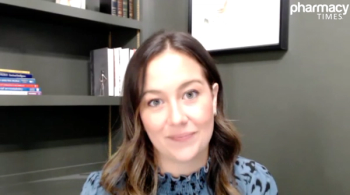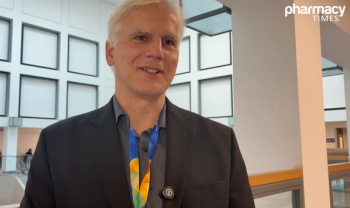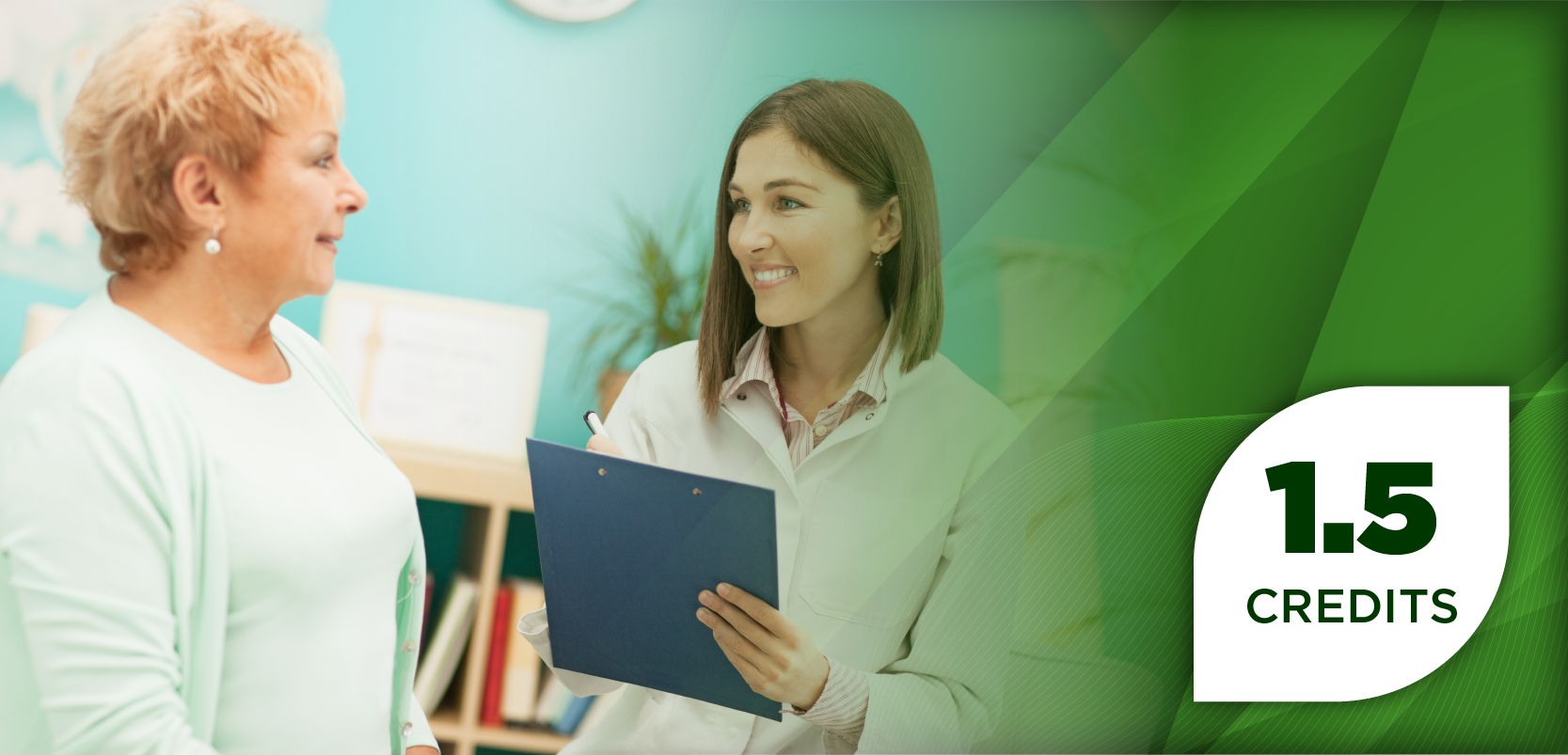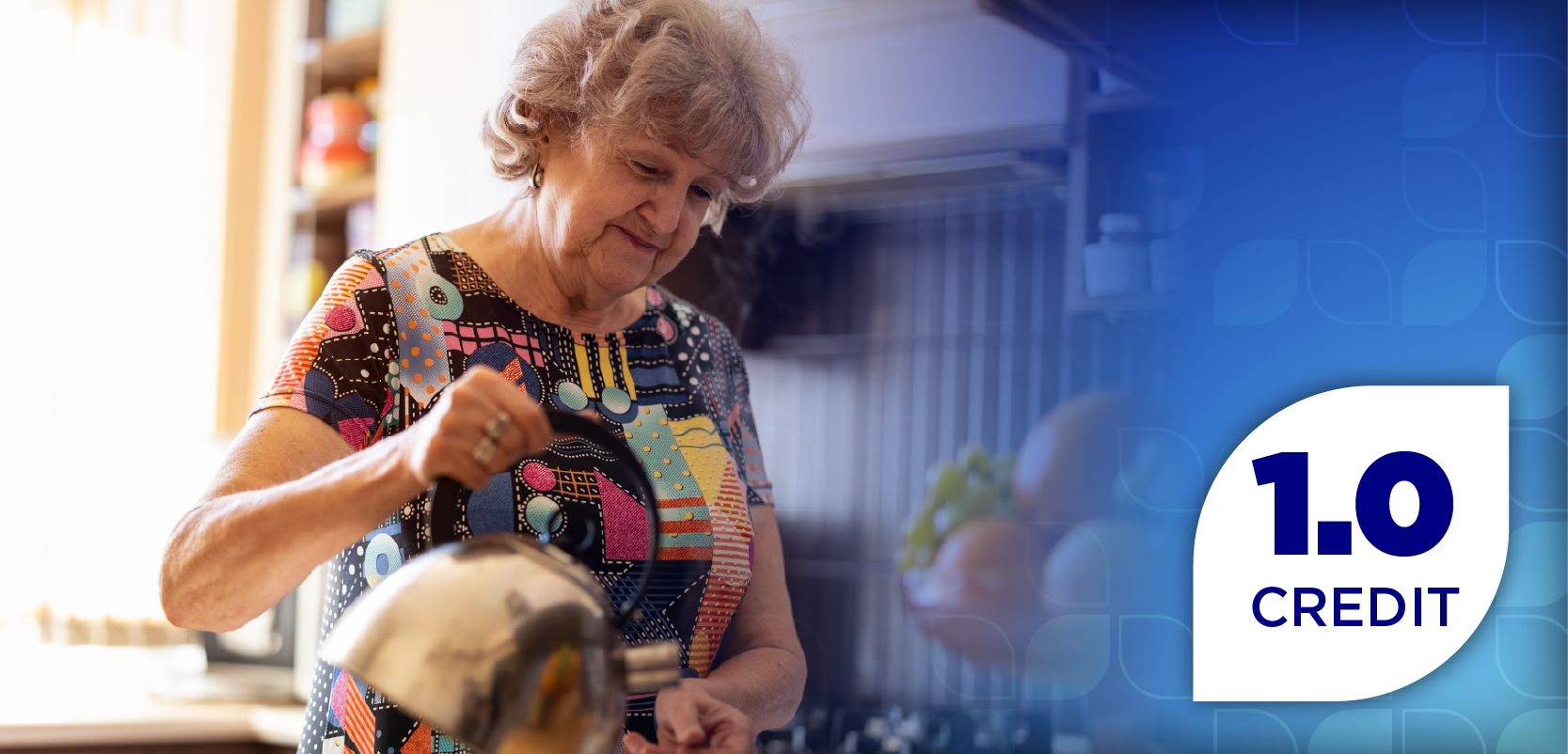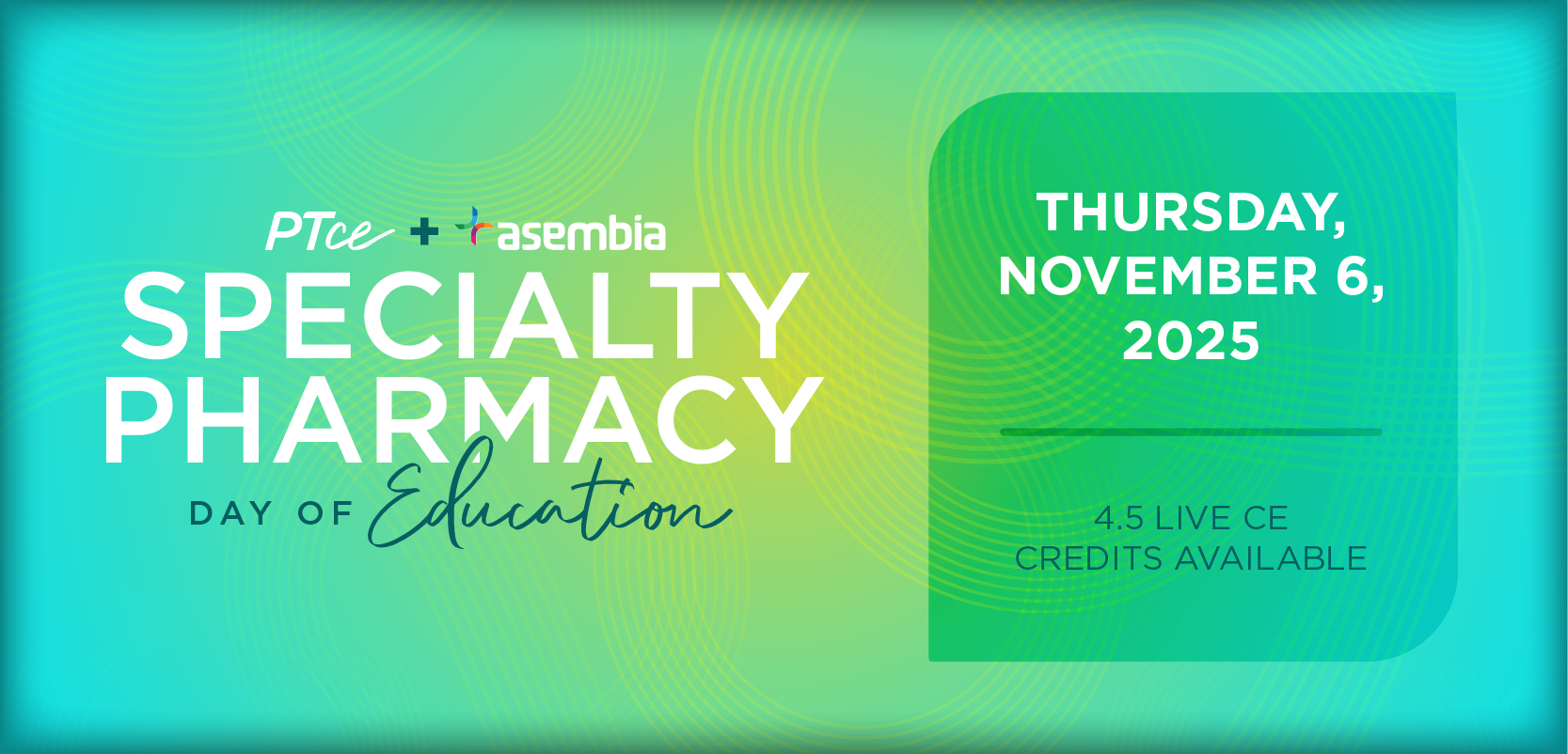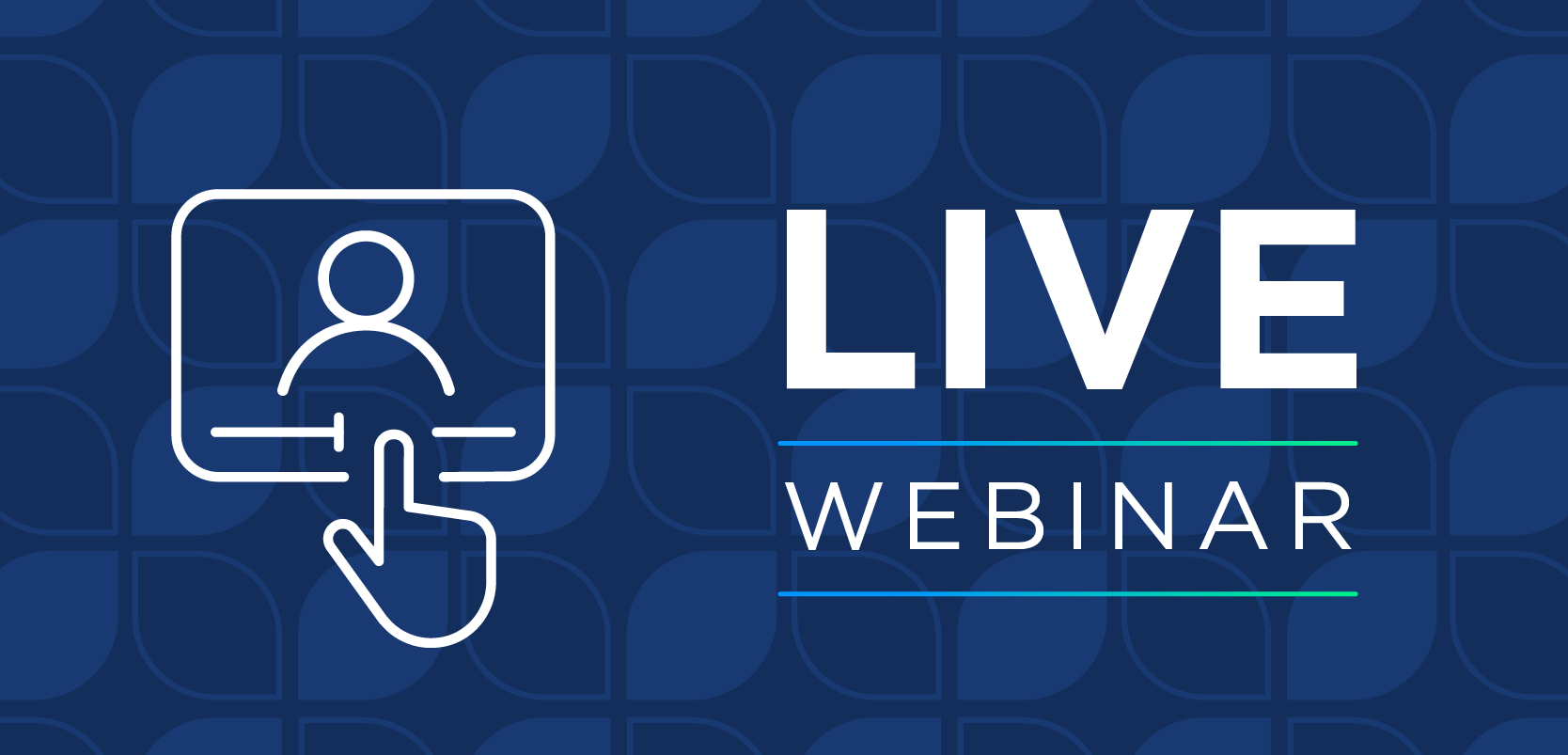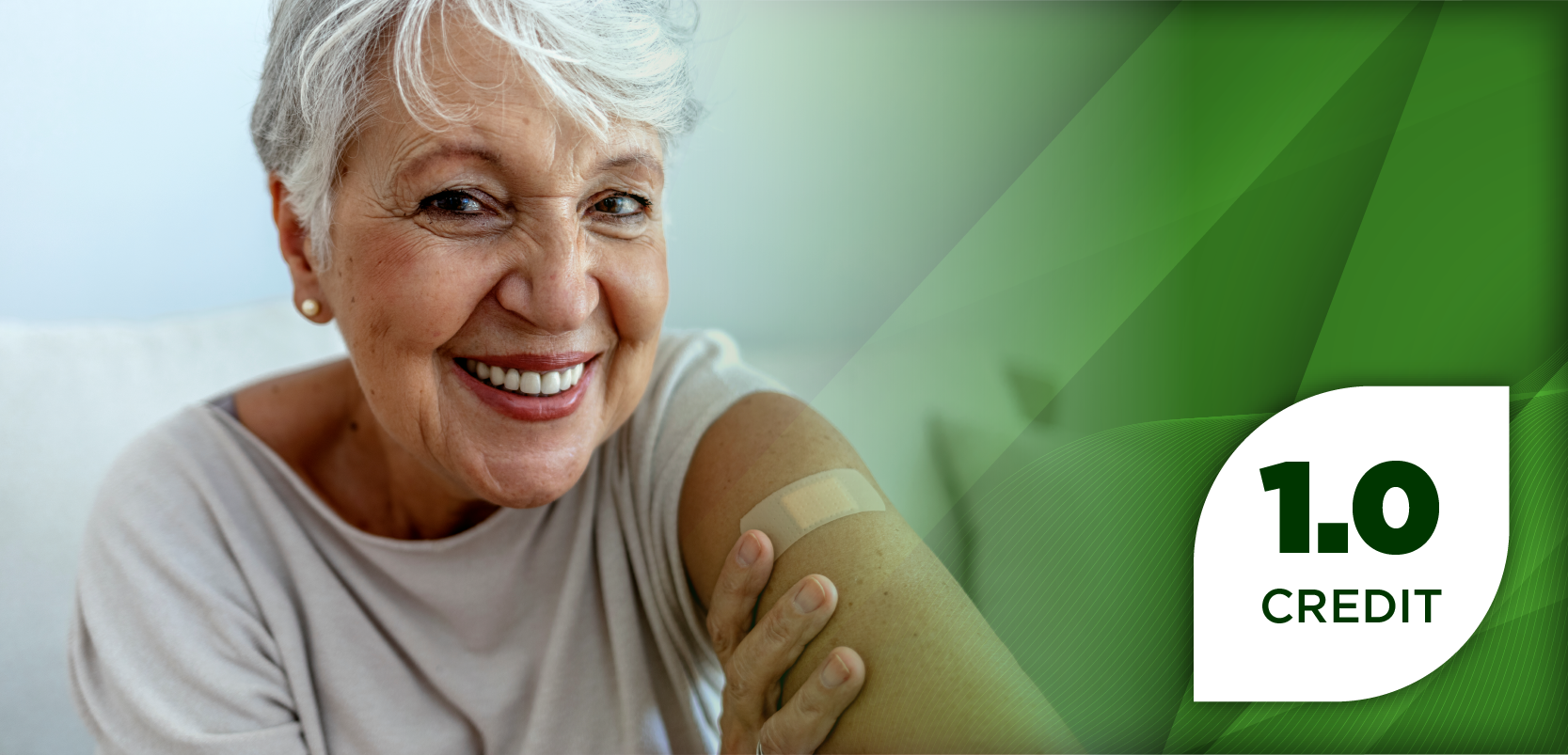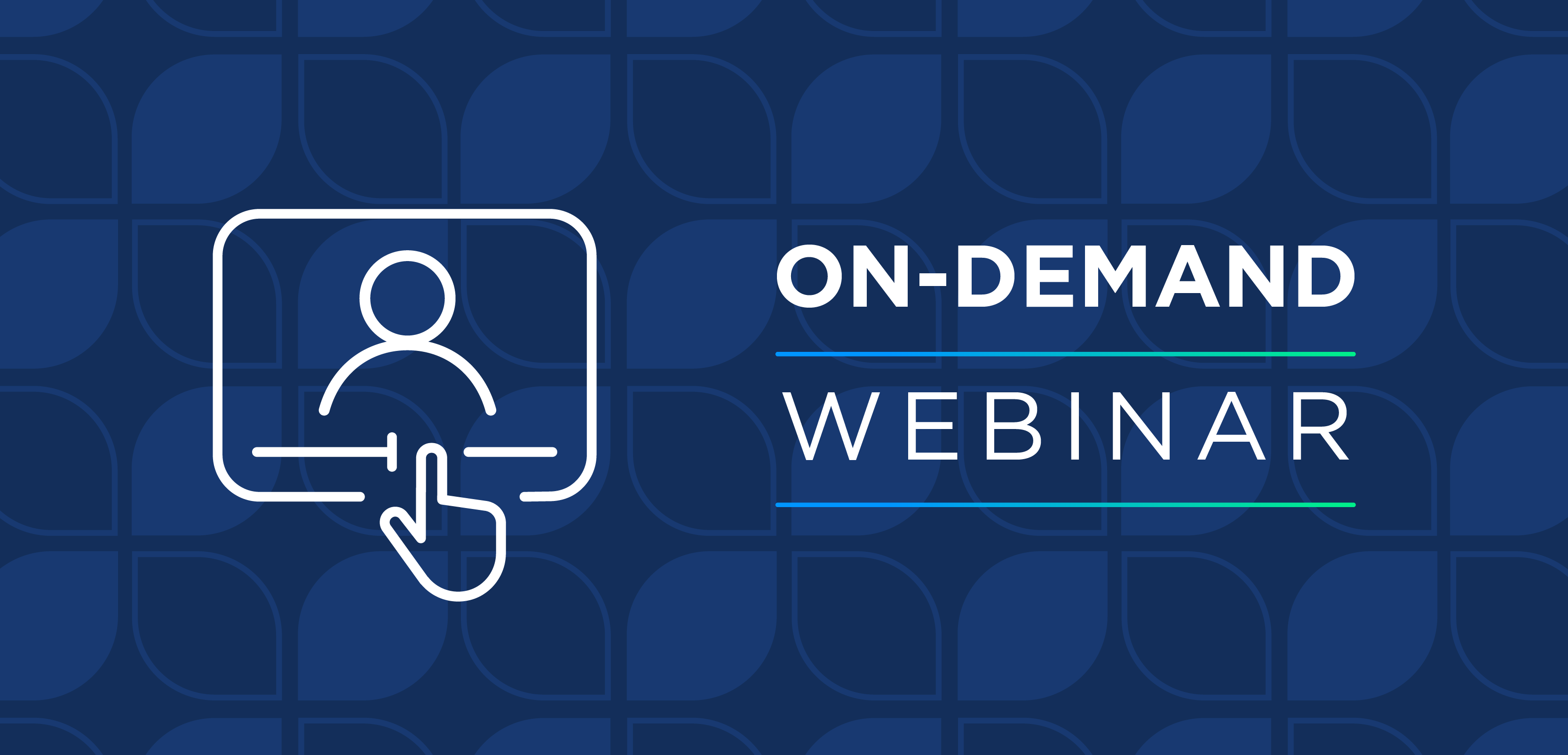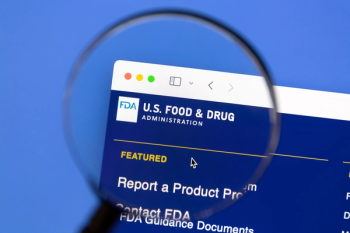
How to Retire After 25 Years of Pharmacy Practice: Part 1
Here's the first part of a 2-part series on how to retire after 25 years of working as a pharmacist.
Here’s the first part of a 2-part series on how to retire after 25 years of working as a pharmacist:
1. Don’t overspend on pharmacy school.
I went to a great pharmacy school (Florida A&M University) where I received a high-quality education and a PharmD. I found great benefit in attending a public university, including the low-cost for tuition.
Once I started my professional year, we had transfer students who went to community college and took the same courses we had at a third of the cost.
Currently, a public university can charge up to $10,000 a year for both undergraduate and professional courses that you’d complete in your pharmacy program. Many top-tier public universities are very hard to get into, including the University of San Francisco, University of Florida, and Philadelphia College of Pharmacy.
Those are all great schools, but attending a lower-tier school instead may not deter you from getting your PharmD. Obtaining residencies may be a little more challenging for graduates from lower-tier schools, but you can compensate for that by getting involved in professional pharmacy organizations and being a model student with community service experience and respectable grades.
If you decide to obtain an undergraduate degree before starting pharmacy school, don’t go to an expensive private school just because you believe it will directly translate to acceptance into a top-tier pharmacy school. If you’re well-rounded by participating in community service, maintaining a high GPA, and illustrating your ability to teach others as a student tutor or assistant, these things are more valuable than attending an expensive school for your undergrad degree. You’ll also need a strong
At the end of the day, the goal is to pass your state pharmacy boards. To accomplish that, you’ll need to study and prepare yourself. Your university can support you in this endeavor, but it’s not ultimately responsible for your board-passing success.
2. Start paying your student loan interest before you graduate.
Small payments of $100 a month or even $1 a day can go far when you aren’t required to pay your school loans. That’s especially true if you have subsidized loans, which means your payments would go toward the principal.
3. Live like a resident before, during, and after residency.
In my first 2 years of pharmacy school, I maxed out my credit cards and struggled to make payments. In my fourth year, I made it my goal to pay off all of my credit cards in preparation for graduation. This required me to cut up my cards, use cash, and cook more. I’m happy to say I was successful and had a great credit score at graduation.
If you obtain a residency, you’ll have a small salary, but you won’t be making a full pharmacist’s salary, so you’ll have to live within your means. See if you can get a part-time pharmacy position for additional income and a way to establish your practice workflow and habits. Your student loans may still be deferred during this time, so you can make payments before they become due.
Newsletter
Stay informed on drug updates, treatment guidelines, and pharmacy practice trends—subscribe to Pharmacy Times for weekly clinical insights.

